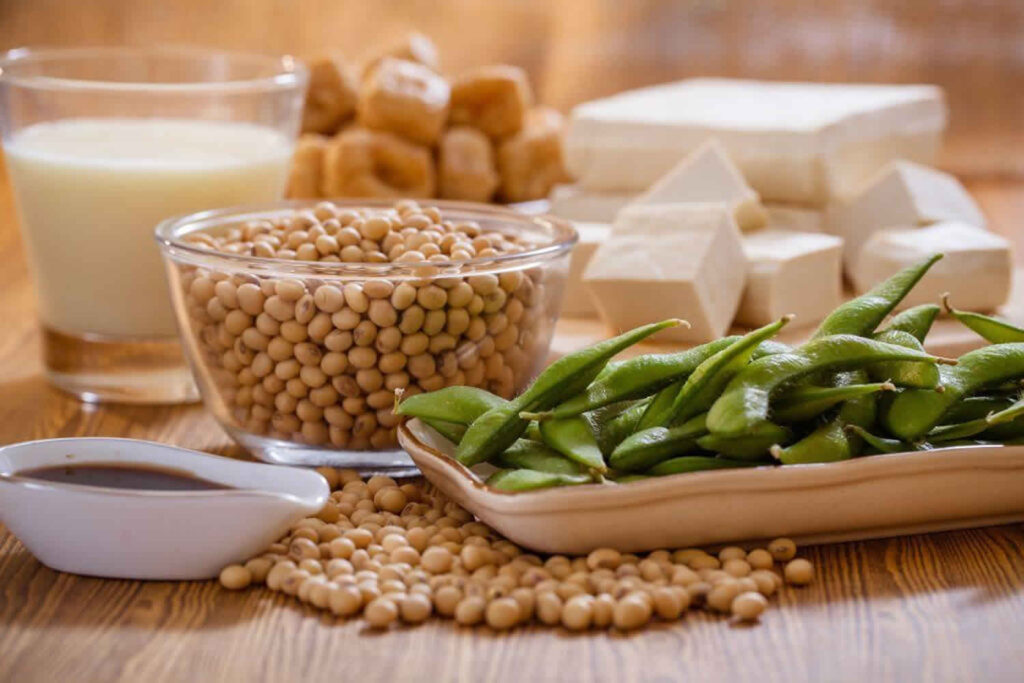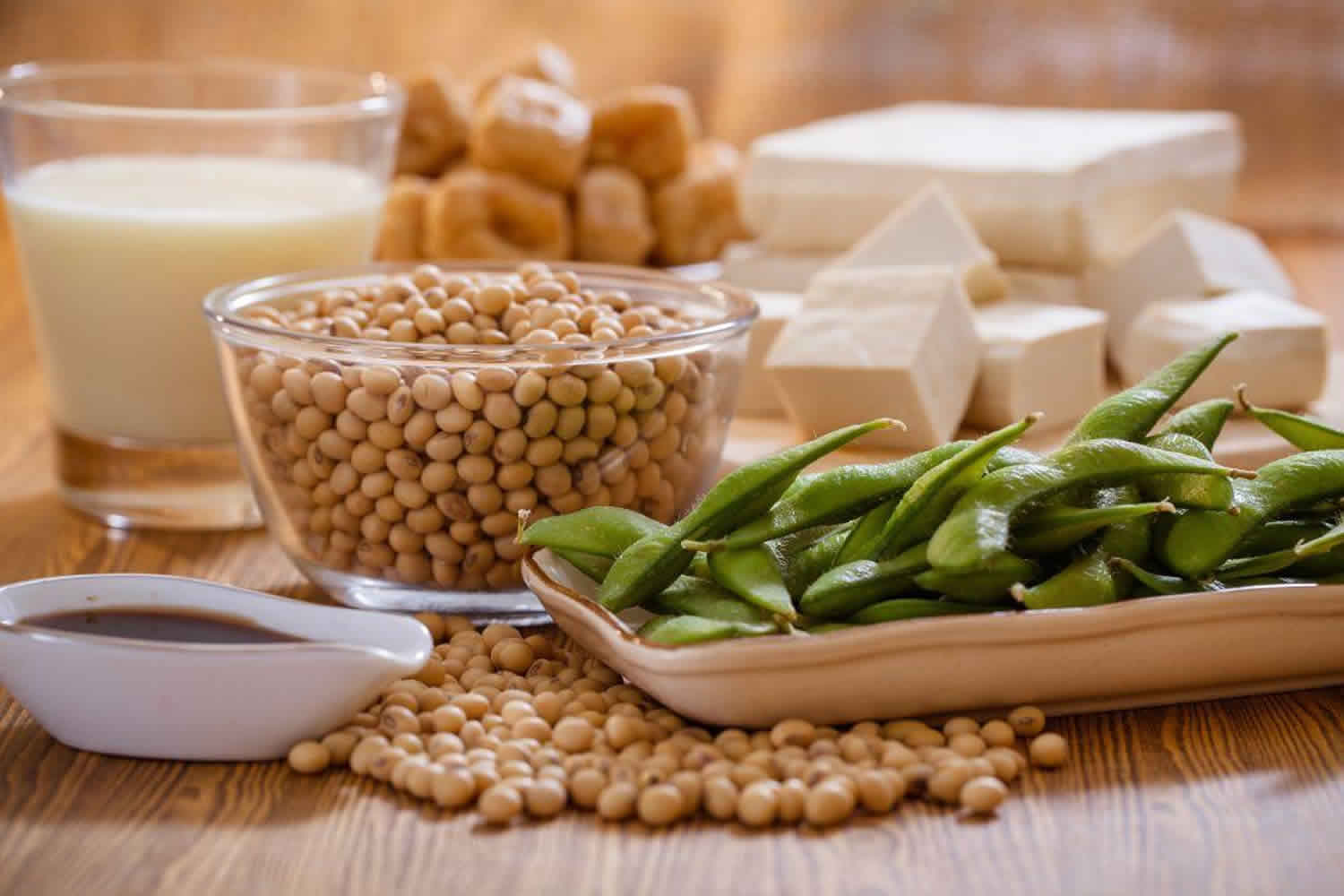Understanding Soy Allergy: A Comprehensive Guide to Managing Your Diet
Introduction
Soy allergy is a condition characterized by an abnormal response of the body to the proteins found in soy. As a legume, soybeans belong to the same family as navy, kidney, string, black and pinto beans, chickpeas, lentils, carob, licorice, and peanuts. Individuals with soy allergies may also exhibit sensitivity to other legumes. To effectively manage a soy allergy, it is crucial to identify and avoid all foods and products containing soy or soy-based ingredients. This guide presents general guidelines for maintaining an allergy-free diet, provides a list of allowed and not allowed foods, and offers tips on how to read labels for a soy-free diet.
Understanding Food Allergen Labeling
The Food Allergen Labeling and Consumer Protection Act of 2004 ensures that U.S. manufacturers clearly state on the label if a packaged food item contains soy or soy-based ingredients. This labeling requirement assists individuals with soy allergies in making informed choices about the food they consume. However, it is important to note that soy oil, commonly used in cooking, does not typically contain soy protein, which causes allergic reactions. Nevertheless, those with soy allergies should consult their doctors before consuming products containing soy oil or processed with soy oil.
Breads and Starches
When it comes to breads and starches, it is generally safe to consume those that do not contain soy ingredients. However, caution should be exercised with regard to potato chips or popcorn cooked in soy oil. While most soy oil does not contain soy protein, individuals with soy allergies should consult their doctors for guidance.
| Allowed | Not Allowed |
|---|---|
| Plain macaroni, rice, barley, rye, wheat, oats, or grits | Breads, crackers, cakes, rolls, or pastries containing peanuts, peanut oil, soy flour |
| Breads & baked goods not containing soy ingredients | Processed and “natural” cereals that contain soy ingredients |
| Soy pasta |
Vegetables
Fresh, frozen, or canned vegetables without sauces or breading containing soy ingredients are generally safe for individuals with soy allergies. However, caution should be exercised with soybeans and soybean sprouts, as they may trigger allergic reactions.
Fruit
All fresh, frozen, or canned fruits and juices processed without soy products are suitable for individuals with soy allergies. However, fruit drink mixes, sauces, or toppings for fruit that contain soy ingredients should be avoided.
Beverages
When selecting beverages, it is generally safe to consume soft drinks, tea, coffee, and fruit juice. However, soy-based formulas, coffee substitutes with soy, instant coffee, hot cocoa mixes, malt beverages, and fruit drink mixes made with soy ingredients should be avoided.
Meat and Meat Substitutes
Fresh or frozen beef, chicken, lamb, pork, turkey, veal, or fish served without prepackaged sauces, breading, or gravy are safe for those with soy allergies. However, caution should be exercised with pork link sausage, deli/luncheon meats made with soy, and commercially prepared meats where soy is used as a meat extender. Additionally, meat or cheese substitutes that contain soy, such as tofu/bean curd, natto, miso, and textured vegetable protein (TVP), should be avoided.
Milk and Milk Products
Milk, cheese, cottage cheese, and yogurt without soy products are allowed for individuals with soy allergies. However, milk drinks or milk substitutes that contain soy should be avoided.
Soups and Combination Foods
Homemade soups and commercial soups that do not contain soybeans are generally safe for individuals with soy allergies. However, it is important to note that soy is used in many canned soups, commercial entrees, and combination foods. Therefore, it is crucial to read labels carefully before consuming these products.
Desserts and Sweets
Ice cream, gelatin, and cookies made without soy ingredients are safe for individuals with soy allergies. However, baked goods such as cakes or cookies that contain soy flour should be avoided. It is worth noting that some commercial ice creams and other frozen desserts may contain soy products. Therefore, it is essential to check the ingredients list before consuming these products. Additionally, hard candies, nut candies, fudge, and caramels made with soy flour should be avoided.
Fats and Oils
Butter, margarines, and shortening are generally safe for individuals with soy allergies. However, caution should be exercised with margarine and butter substitutes. Some salad dressings, mayonnaise, sauces, or gravies may contain soy products. Roasted soybeans or “soy nuts” should also be avoided.
Condiments and Miscellaneous
Sugar, honey, molasses, catsup, mustard, jelly, jam, plain sugar candies, syrup, and pickles are generally safe for individuals with soy allergies. However, caution should be exercised with commercial vegetarian products, meat substitutes, some Worcestershire and other sauces, fermented soybean pastes (miso and natto), soy sauce, tamari sauce, granola, breakfast bars made with soy, and imitation bacon bits made with soy.
How to Read Labels for a Soy-Free Diet
Reading labels is crucial for individuals with soy allergies to avoid consuming products that contain soy or soy-based ingredients. It is essential to be aware of different names and forms in which soy may be present to make informed choices. Here are some ingredients and terms to watch out for:
- Hydrolyzed soy protein
- Miso
- Edamame
- Natto
- Soy albumin
- Soy cheese
- Soy fiber
- Soy yogurt
- Soy ice cream
- Soy bean (curd, granules)
- Shoyo sauce
- Soy flour
- Soy grits
- Soy nuts
- Soy milk
- Soy sprouts
- Soy protein concentrate
- Soy protein isolate
- Soy protein hydrolyzed
- Soy sauce
- Tamari
- Tempeh
- Textured vegetable protein (TVP)
- Tofu
It is also important to be aware of other possible sources of soy or soy products, such as Asian cuisine, flavorings, hydrolyzed plant protein, hydrolyzed vegetable protein, natural flavoring, vegetable broth, vegetable gum, vegetable starch, and vitamin E containing soybean oil.
To ensure a soy-free diet, it is advisable to contact manufacturers to identify the natural flavorings, vegetable broths, gums, and starches used in their products, as these have the potential to contain soy.
Conclusion
Managing a soy allergy requires vigilance and careful attention to food choices. By following the general guidelines provided in this article and reading labels diligently, individuals with soy allergies can maintain an allergy-free diet. It is always advisable to consult healthcare professionals for personalized advice and recommendations. Stay informed, stay safe, and enjoy a soy-free lifestyle!
Additional Information:
- According to recent studies, most people with soy allergies can safely consume products containing soy lecithin and soy oils as these substances are fat-based and do not typically contain soy protein.
- However, it is important to note that a small percentage of individuals with soy allergies may still experience allergic reactions to soy lecithin and soy oils.






